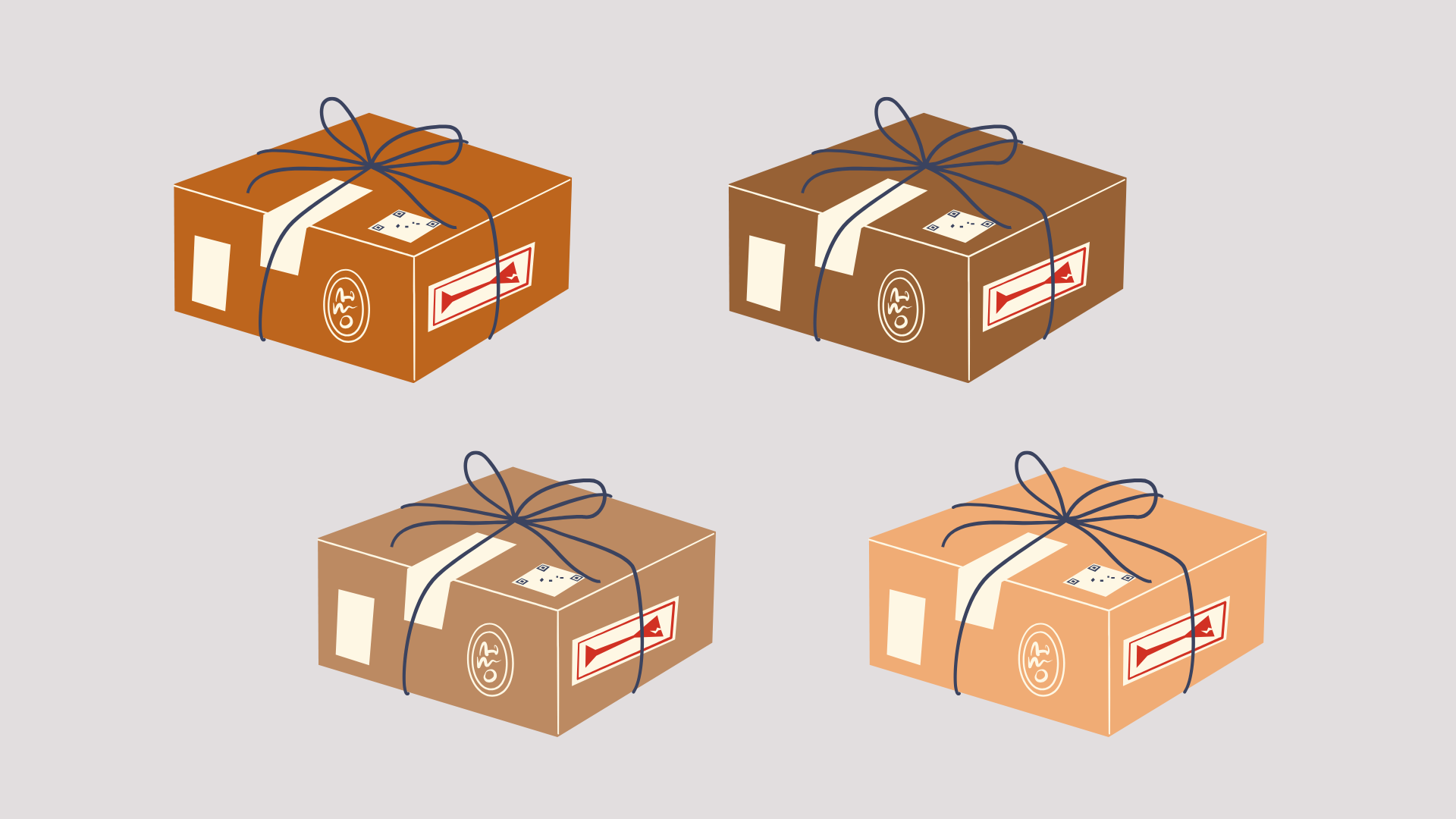
As the world becomes increasingly conscious of environmental impact, the coffee industry is under pressure to reduce its ecological footprint. One major concern is packaging, specifically, the billions of coffee bags, pods, and takeaway cups discarded every year. Among the sustainable alternatives gaining grip are biodegradable and recyclable packaging.
Biodegradable packaging is designed to decompose naturally through the action of microorganisms, turning into carbon dioxide, water, and biomass over time. These materials are often made from plant based sources like corn starch (PLA), cellulose, or sugarcane fiber. Under ideal conditions, typically found in industrial composting facilities, biodegradable coffee packaging can break down in a matter of weeks or months.
However, the term biodegradable can be misleading. Many biodegradable materials won’t fully decompose in a home compost pile or a landfill. Without the high heat and controlled environment of commercial composting, these products can remain intact for years. This makes access to appropriate waste disposal facilities an important factor in their environmental success.
Recyclable packaging is made from materials that can be collected, processed, and reused to make new products. Common recyclable materials in coffee packaging include aluminum, certain plastics (like PET), glass, and uncoated paper. In short, recycling keeps materials in circulation and reduces the need for virgin resources.
However, recycling is far from a perfect system. For coffee packaging to be recyclable, it must be clean and free from food residue. Items like paper cups often have a thin plastic lining that complicates recycling. In some regions, facilities aren’t equipped to handle multi material or contaminated items, meaning they end up in landfills anyway.
Biodegradable Packaging
Pros:
Cons:
Recyclable Packaging
Pros:
Cons:
Traditional coffee packaging, such as laminated foil bags or plastic lined cups, is often non-recyclable and non-biodegradable. These items can take hundreds of years to decompose and may leach harmful chemicals into the environment.
Biodegradable packaging offers a cleaner end-of-life scenario, if composted correctly. But if it’s tossed in a regular trash bin or left in nature, it won’t decompose any faster than plastic.
Recyclable materials have the potential to significantly reduce waste and conserve resources. However, according to a report by the U.S. Environmental Protection Agency, only about 9% of plastic is actually recycled. The rest is incinerated or ends up in landfills and oceans.
Sustainability has become a major selling point in the coffee industry. Brands like Starbucks and Nespresso are investing in recyclable and compostable packaging alternatives. Meanwhile, smaller specialty coffee roasters are opting for compostable bags made from PLA, kraft paper, or other eco-friendly materials.
Surveys show that consumers are willing to pay more for sustainable packaging, but many still don’t understand the differences between biodegradable, compostable, and recyclable. Without proper labeling and public education, good intentions often lead to improper disposal.
A key difference between the two approaches is how they fit into existing waste management systems. Recycling programs are widespread in urban areas, though their efficiency varies by region. Composting infrastructure, however, is far less common. Only a few cities in the world have curbside collection for compostable packaging.
This means that even if a product is labeled as compostable or biodegradable, it may still end up in a landfill, where it won’t break down properly due to lack of oxygen and microbial activity.
The industry is also exploring alternative approaches:
Mushroom based packaging (mycelium) is being tested as a compostable alternative to foam and plastic.
Edible packaging made from seaweed or rice paper is in early development stages.
Reusable packaging systems, such as returnable coffee containers or refillable pods, are being developed by several companies.
These innovations are good, but difficulty lies in making them work and the change in habits of those not used to it.
What Can Consumers Do?
To reduce your coffee related waste, consider these tips:
Biodegradable and recyclable coffee packaging both offer paths toward a more sustainable future, but neither is a silver bullet. Biodegradable materials shine when paired with robust composting systems, while recyclable materials are more effective where proper recycling infrastructure exists.
The most environmentally sound solution will depend on your local waste disposal options, the product’s material lifecycle, and consumer habits. A truly sustainable future will likely require a mix of solutions along with a shift in how we consume coffee and think about waste.
Ultimately, real progress will come from a combination of smarter materials, better infrastructure, and informed choices from both businesses and consumers.
Biodegradable packaging breaks down naturally through the action of microorganisms, returning to the environment as organic matter. Recyclable packaging, on the other hand, is processed and remanufactured into new products. While biodegradable packaging decomposes, recyclable packaging must be collected and reprocessed, often requiring specific infrastructure.
The most environmentally friendly coffee packaging typically combines compostable materials (like PLA-lined paper or cellulose) with low environmental impact production. Ideally, it is certified compostable (e.g., by BPI or OK compost), made from renewable resources, and contains minimal or no plastic. Packaging that is reusable or refillable also ranks highly in sustainability.
Most biodegradable coffee cups cannot be recycled through standard curbside recycling programs because they often contain bioplastics or lining materials that are incompatible with recycling processes. These cups are better suited for industrial composting facilities rather than recycling bins.
Biodegradable packaging can be better for the environment, but it depends on the context. It's ideal when properly disposed of in composting facilities, reducing landfill waste. However, if it ends up in landfills or the environment, it may not degrade as intended. Recyclable or reusable options may be more effective in systems with strong recycling infrastructure.
In order to learn more about the following topic we recommand you to check out these sources